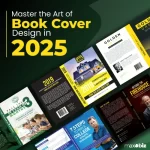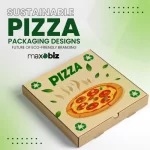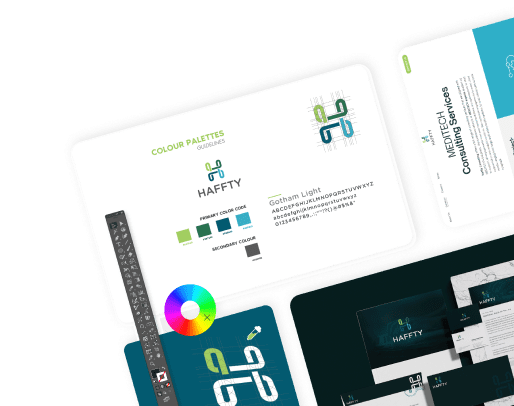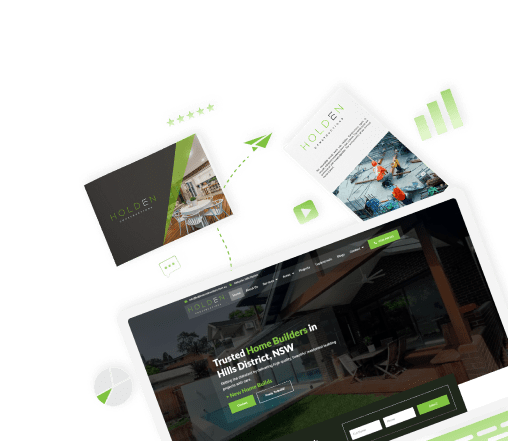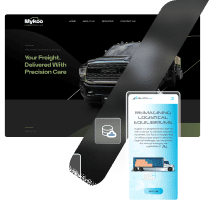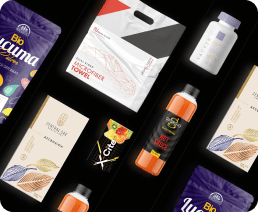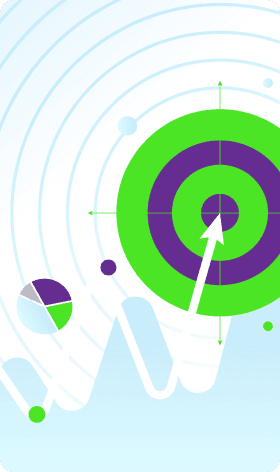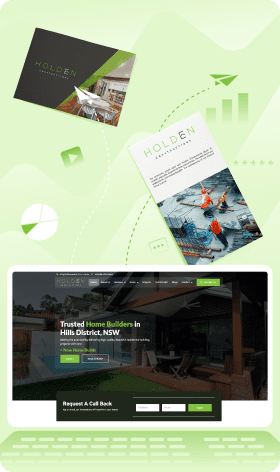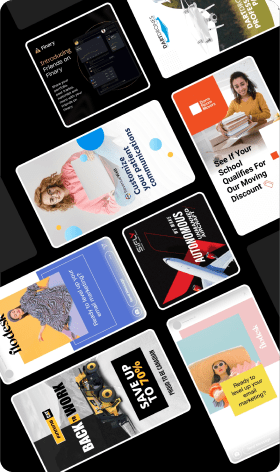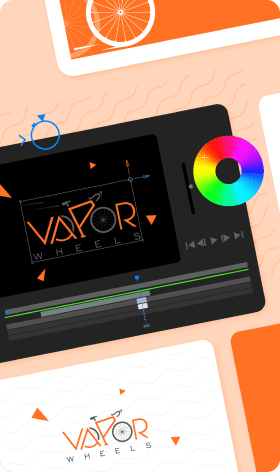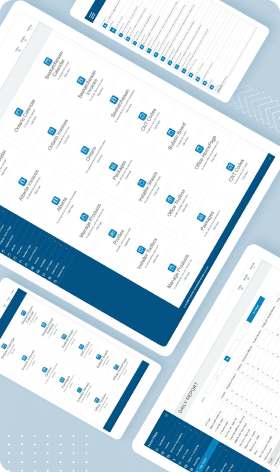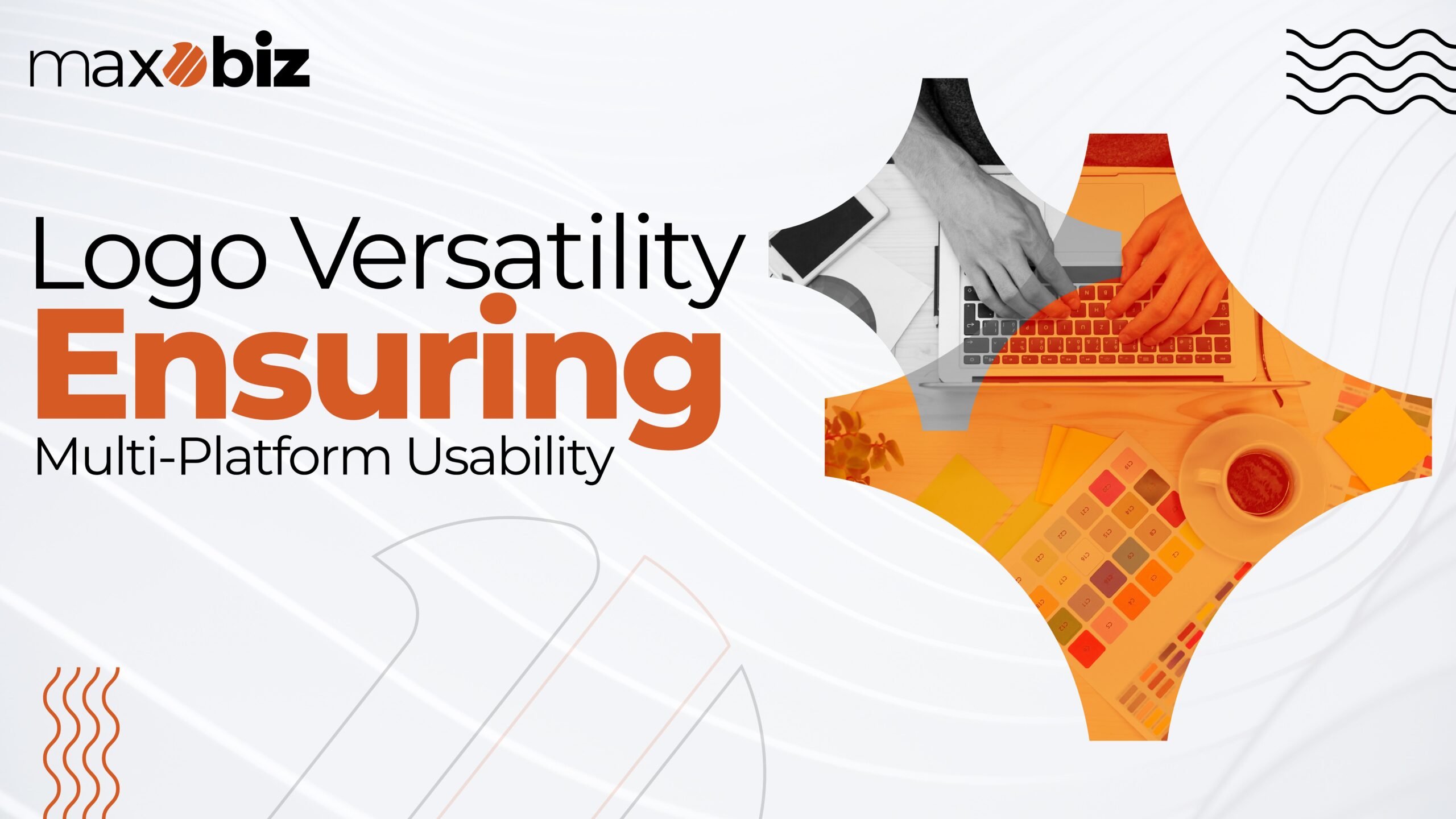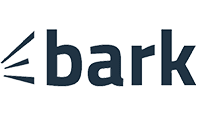Logo Versatility Ensuring Multi-Platform Usability
Top 10 Stellar Benefits of Using Grids
Symmetry and Balance: Making Your Logo Shine!
Have you ever come across a logo and thought, Wow, this looks flawless? That’s often thanks to symmetry and balance. When designers use grids, they create logos that are like a seesaw in perfect harmony. Each part of the logo gets equal attention, making it look super tidy.
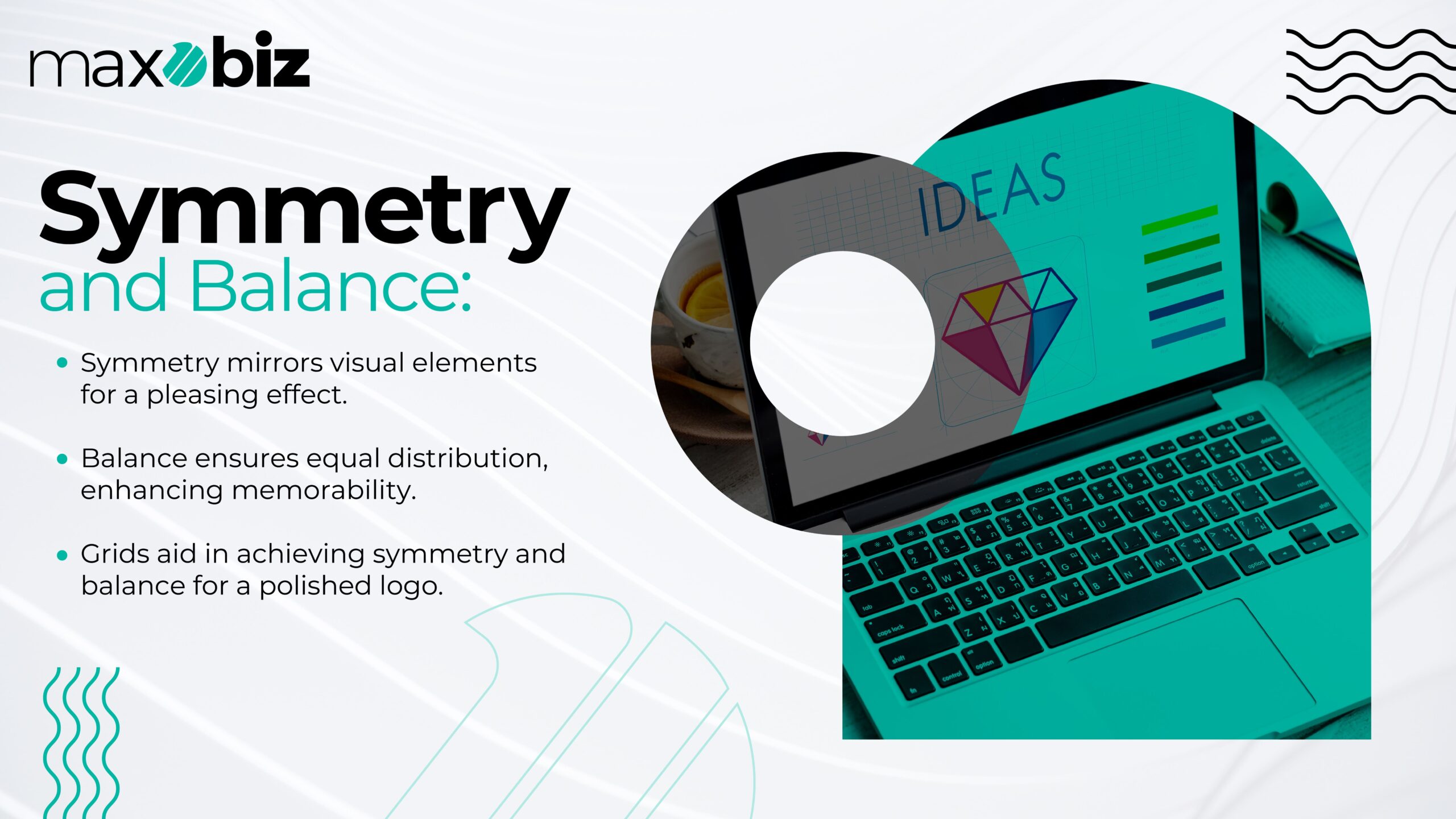
Why is this cool?
Like a Mirror:
Symmetry is when one side of the logo is like a mirror image of the other. It’s like looking at your reflection in a pond. This makes the logo pleasing to the eye, and who doesn’t love that?
Balancing Act:
Balance is all about making sure no part of the logo is too heavy or too light. Imagine balancing books on your head. If they’re evenly stacked, you won’t topple over. That’s what balance does for a logo!
A Sense of Calm:
Symmetrical and balanced logo give us a sense of peace. It’s like looking at a perfectly organized bookshelf. Everything is where it should be, and it just feels right. Memorable: Because these logos are so harmonious, they stick in our minds. It’s like remembering a catchy song.
In Simple Words:
Using grids to create symmetrical and balanced in logos is like using a magic recipe. It makes the logo look awesome, feel just right, and super easy to remember!
Now, let’s jump To the next exciting part:
Scalability and Responsiveness: Logos that Adapt!
Ever noticed how some logos look great whether they’re on a tiny business card or a huge billboard? That’s all thanks to scalability and responsiveness, and guess what? Grids play a huge role in this.
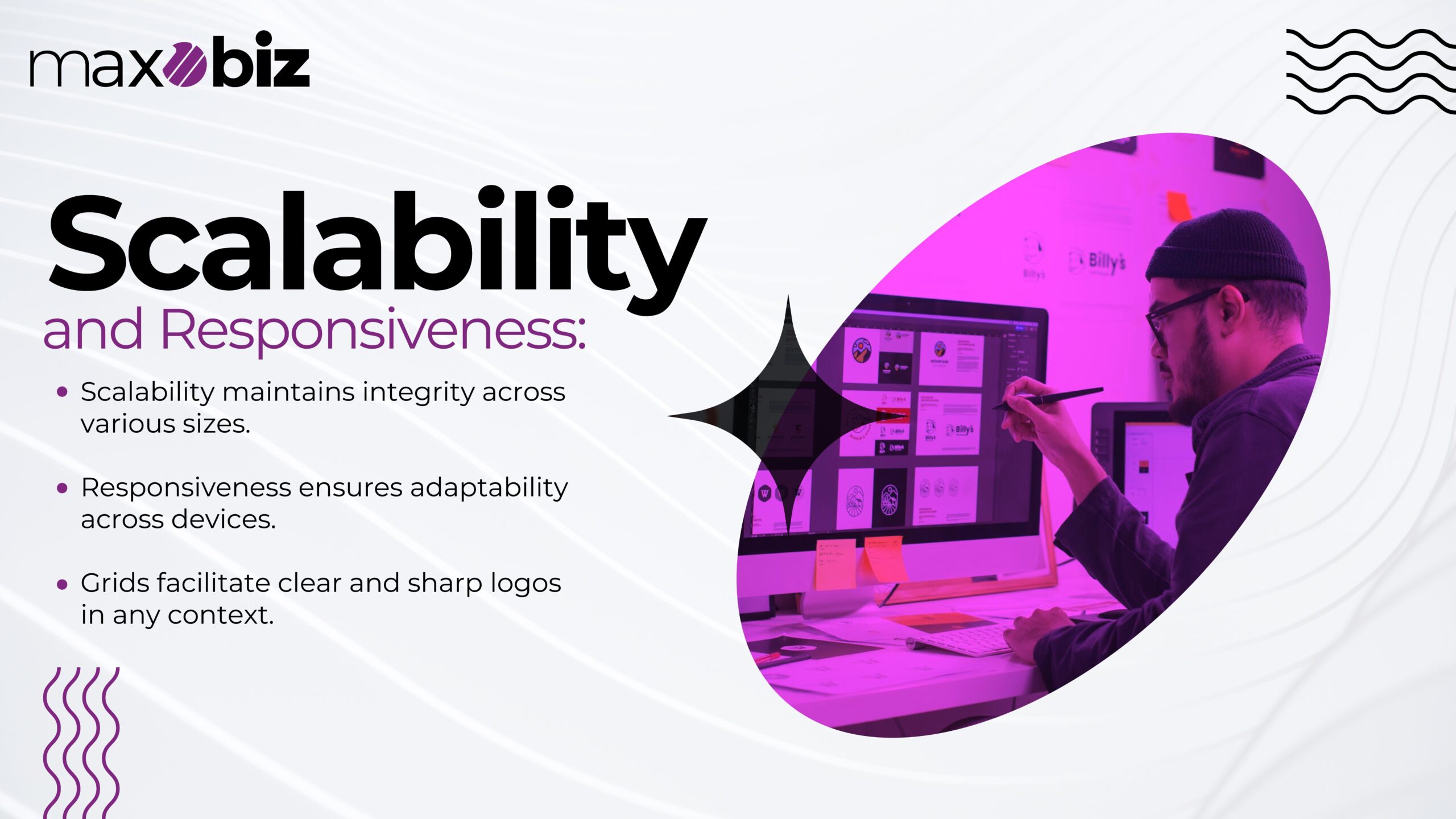
Why is this a big deal?
Size Matters, But Not Here:
Scalability means the logo can grow or shrink but still look fabulous. It’s like having a pair of jeans that fits you perfectly, no matter if you lose or gain a few pounds.
Be Everywhere:
Responsiveness is a logo’s superpower to look great on different devices, like your phone, tablet, or laptop. It’s like having a chameleon that changes colors to blend in everywhere.
Stay Sharp:
When you scale a logo using a grid, it stays crisp and clear. No blurry or weird-looking edges. It’s like wearing glasses that keep everything in focus.
Always Ready:
A scalable logo and responsive logo is always ready for any situation. Whether it’s printed on a pen or splashed across a digital billboard, it’s always looking its best.
In Simple Words:
Using grids to make scalable and responsive logos is like having a magic wand that makes the logo fit perfectly everywhere. It’s always clear, sharp, and ready to impress, no matter where it shows up!
Unleashing Design Versatility: Endless Creative Possibilities!
Have you ever looked at something so creative that it made you say “Wow”? That’s the magic of design versatility! It’s like having a huge box of crayons with endless colors to play with. Imagine being an artist with no limits – you can mix and match colors, shapes, and ideas to make something truly unique. This is what happens in the world of design. In design, versatility means having the freedom to experiment and create without boundaries.
It’s like being a chef in a kitchen full of ingredients from all over the world. You can try different combinations, play with new ideas, and come up with something no one has ever tasted before. The same goes for design – mixing different styles, colors, and textures to create something amazing. For example, think of a smartphone. It’s not just a phone; it’s a camera, a music player, a game console, and so much more! That’s design versatility – a single product with many uses. Designers are constantly pushing the limits, thinking outside the box to bring us these cool, innovative products. It’s all about exploring new horizons and turning “what ifs” into “wow factors”.
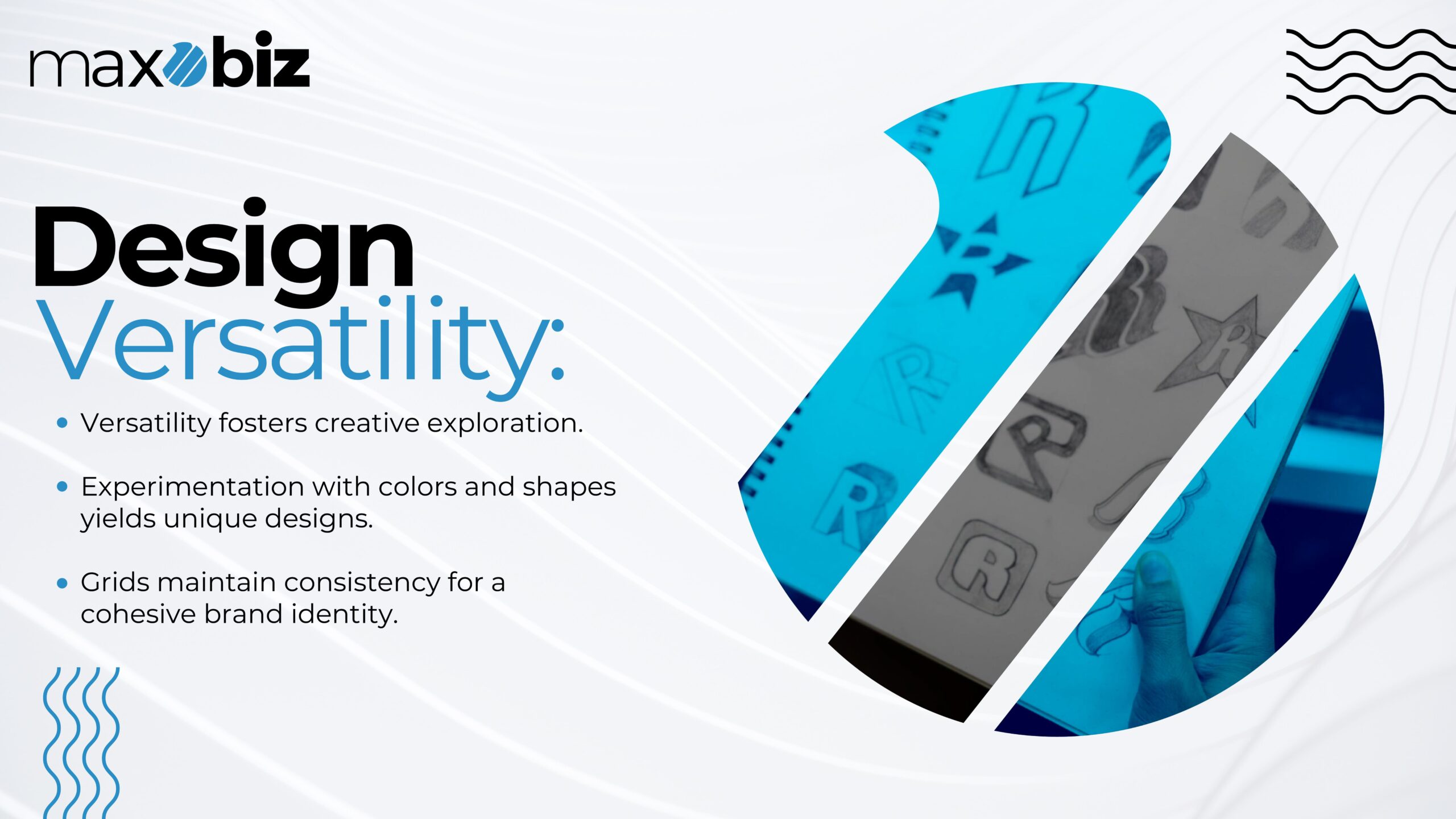
Consistency and Uniformity: The Secret to Cohesive Branding
Now, let’s talk about the secret sauce of successful brands – consistency and uniformity. Imagine you have a favorite coffee shop. Every time you go there, the coffee tastes the same, the logo looks familiar, and the ambiance feels welcoming. That’s the shop keeping things consistent and uniform. It’s like seeing an old friend who never changes; you always know what to expect. In branding, consistency means keeping your look, message, and quality the same across all platforms. Whether it’s your website, your store, or your social media, everything should feel like it’s part of the same family. It’s like wearing a uniform – it shows unity and makes you easily recognizable. Uniformity in brand building is like a secret handshake.
It tells your customers, “Hey, it’s us! You know us, and you can trust us.” This builds a strong bond between you and your customers. They become familiar with your style and what you stand for, which makes them more likely to stick with you. Think about big brands like Apple or Nike. Their logos, their product designs, and their ads – they all have a consistent style. They are easily distinguishable even from a considerable distance. That’s the power of consistency and uniformity. It creates a strong, cohesive brand identity that people love and trust.
Fast-Track Your Design Process
Have you ever wondered how some designers create such stunning work in what seems like no time at all? Well, they’ve mastered the art of fast-tracking their design process, blending efficiency with creativity. Imagine you’re a chef in a kitchen; just like you’d have all your ingredients prepped and ready to go, efficient designers have their tools, resources, and ideas lined up. This preparation is like a secret recipe for creating art swiftly without losing that creative spark.
Use Templates and Presets:
Start with templates. They’re like the outline of a coloring book, waiting for you to fill them in with your colors and style.
Stay Organized:
Keep your digital workspace tidy. Just like you wouldn’t want to cook in a messy kitchen, a cluttered workspace can slow you down.
Embrace Technology:
Use software and apps that make design faster It’s like having an extraordinary ability readily accessible.
Plan Ahead:
Sketch your ideas first. It’s like drawing a map before you start your journey.
Feedback Loop:
Regularly ask for feedback. It’s like tasting your food while cooking to make sure it’s just right.
Perfect Proportions: The Key to Aesthetic Logos
Now, let’s talk about making logos that not only look good but feel right. Perfect proportions are the secret sauce here. Ever seen a logo and felt, “Wow, this just fits?” That’s the magic of proportions at play.
The Golden Ratio:
This is a special number that artists and architects have used for centuries. It’s like the secret ingredient that makes everything look beautiful and balanced.
Simplicity is Key:
Keep it simple. A logo should be easy to look at, like a clear, sunny day.
Balance and Symmetry:
Make sure your logo is balanced. It shouldn’t feel like it’s going to tip over.
Versatility: A great logo looks good everywhere, big or small, on a business card or a billboard.
Color and Typography:
Choose colors and fonts that complement each other. It’s like selecting the ideal attire for a significant event. Always remember, practice makes perfect. The more you design, the better you get at it. It’s like riding a bike; at first, it might be wobbly, but soon you’ll be zooming along.
Readability and Clarity: Because Every Detail Matters
Now, let’s chat about readability and clarity. Ever seen a logo and thought, “What on earth is that supposed to say?” That’s a no-go. Your logo isn’t just a pretty picture; it’s a message!
Why Clarity Rocks:
A clear logo is like a friendly handshake – it makes a great first impression. If people can quickly get what your brand is about, they’re more likely to remember you. And hey, that’s half the battle won!
Making It Clear:
Legible Fonts:
Choose fonts that prioritize readability. Fancy scripts can be tricky, especially in small sizes.
Contrast is Key:
Light text on a light background? Hard pass. Make sure your logo pops!
Say No to complication:
A logo crammed with details is like a jigsaw puzzle. Keep it straightforward and to the point.
Fostering Creative Experimentation: Break the Mold!
Now, for the fun part – getting creative! Sure, rules are important, but bending them a bit can lead to something extraordinary. Let your imagination run wild!
Why Experiment?
It’s like cooking. Sure, you can follow the recipe to the T, but sometimes, adding a little extra spice can create a dish to die for. That unexpected twist might just be what sets your brand apart.
How to Get Creative:
Play with Colors:
Experiment with different color palettes. Colors can change the vibe of your logo.
Mix and Match:
Combine elements you wouldn’t usually think go together. You might be surprised!
Feedback Fiesta:
Show your wild creations to friends, family, or colleagues. Fresh eyes can give fresh perspectives. So, there you have it! A logo that’s versatile, clear, and creatively cool is like a superhero for your brand. It’s a tiny symbol, but boy, does it pack a punch!
Simplifying Reiterations: Streamlining Your Design Path
Imagine you’re baking a cake. You’ve got the basic recipe, but you tweak it a bit each time – maybe more chocolate here, less sugar there. Simplifying reiterations in logo design is kinda like that. It’s about making small adjustments to your logo so it looks awesome everywhere, from a tiny smartphone screen to a gigantic billboard. It’s all about tweaking without losing the yummy core flavor of your brand. Think of it like having a versatile wardrobe; you want your logo to look good in a t-shirt and jeans (casual website) and a fancy suit (corporate presentation), right?
Professionalism in Design: Set the Bar High!
Now, let’s talk about professionalism in design. This is like being the host of a great party. You want your guests (or in this case, your audience) to feel wowed, comfortable, and impressed. A professional-looking logo builds trust. It’s like a firm handshake or a warm smile – it tells your customers, “Hey, we know what we’re doing!” Professionalism in design doesn’t mean being boring or stuffy; it means being clear, consistent, and showing that you value quality. Like a master chef presenting a dish, your logo should be presented with the same level of care and attention to detail.
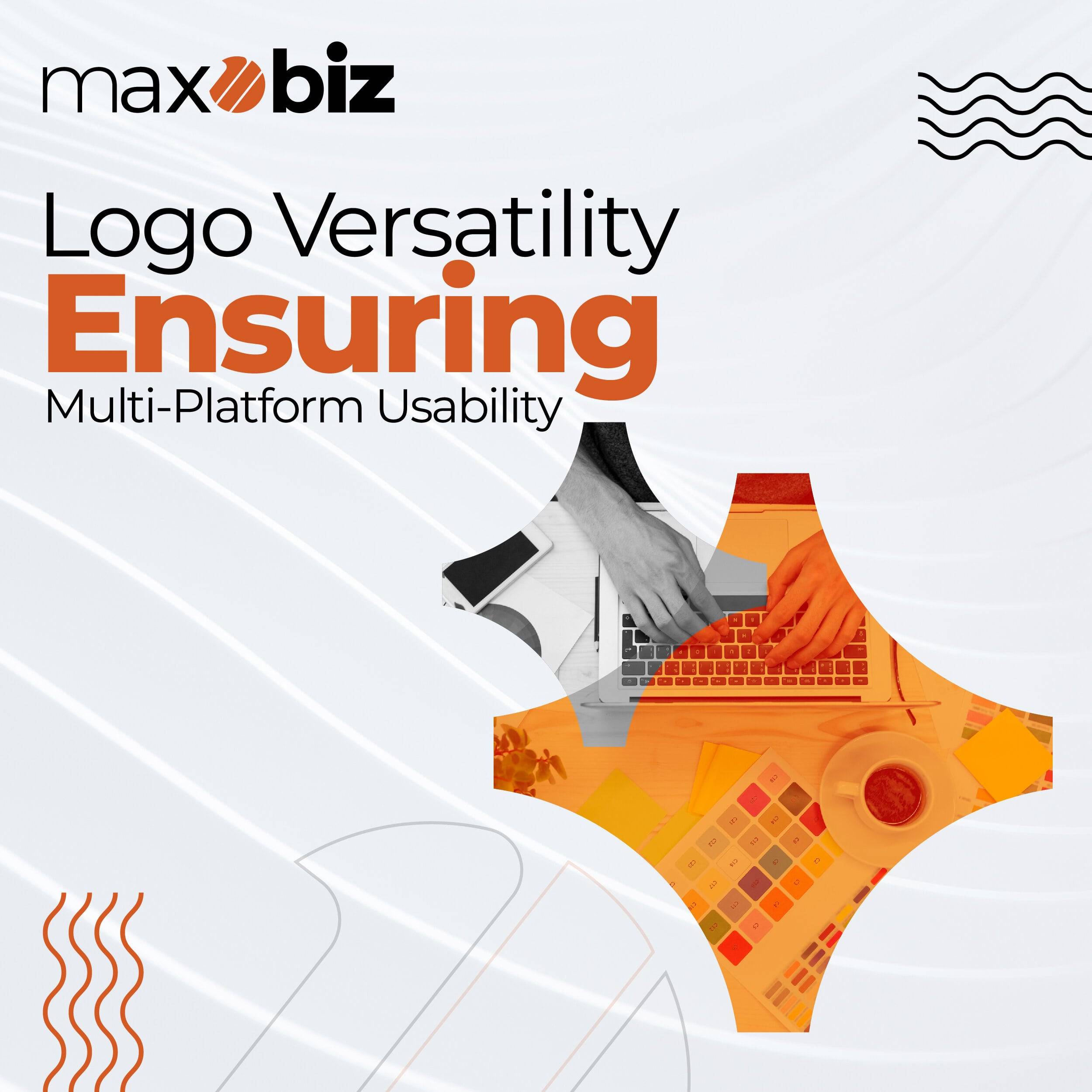
Wrapping It Up: The Power of Grids in Logo Design
Okay, imagine a grid. You know, like the kind in math class with all the squares. In logo design, grids are like secret superpowers. They help keep everything aligned and balanced. It’s like the rhythm in music or the timing in comedy – it’s not always noticed when it’s there, but you sure notice when it’s off! Using grids means your logo can adapt to different sizes and spaces without looking like it just woke up from a nap. Neat, organized, and versatile – that’s the power of grids in logo design.
Your Thoughts Matter: Join the Conversation!
I greatly value hearing from you; it’s one of my favorite aspects! What do you think about all this? Have you ever noticed how a logo changes across different platforms? Ever seen a design that made you go, “Wow, that’s clever!”? Or maybe you’ve got a burning question about logos and design. Whatever it is, your thoughts and experiences are super valuable. They add new flavors to this chat cake we’re baking together. So, don’t be shy – jump into the conversation! And there we have it – a little journey through the world of logo versatility and design. It’s a bit like a puzzle, isn’t it? Finding that perfect balance of simplicity, professionalism, and adaptability. What do you think is the most challenging part of designing a versatile logo? Do you have any logo stories of your own to share?

